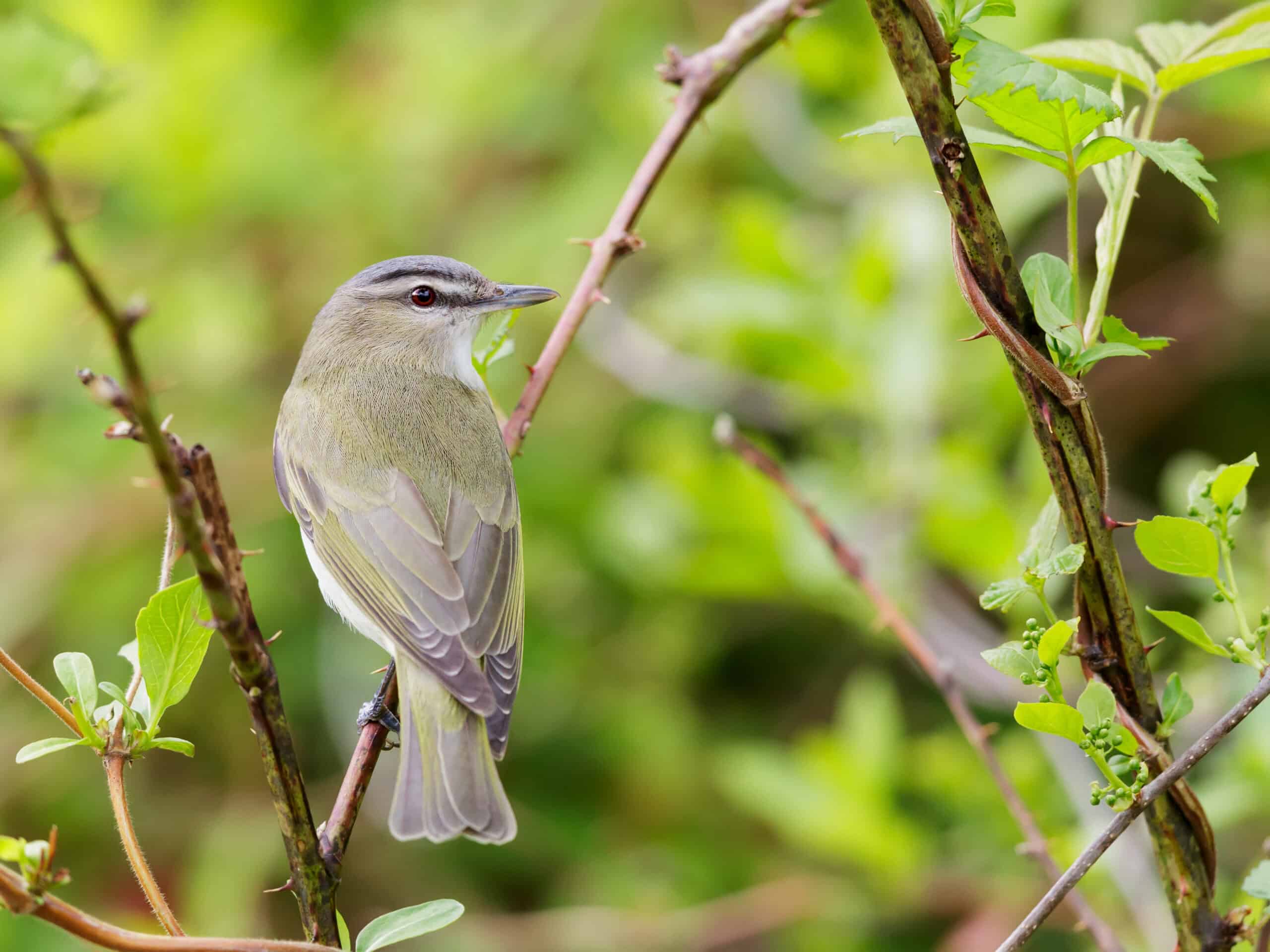Share this article
Wildlife Featured in this article
- Fringed myotis
- Tricolored bat
- Long-legged myotis
- Canyon bat
Impacts of white-nose syndrome expand among Texas bats
Biologists note first Texas case in tricolored bats
State biologists in Texas have found evidence of white-nose syndrome in tricolored bats. It’s the first known case of the fungal disease in tricolored bats (Perimyotis subflavus) in Texas and the southernmost confirmation of white-nose syndrome in the species.
The fungus that causes white-nose syndrome—P. destructans—was also found on three new species of bats in the state—fringed myotis (Myotis thysanodes), long-legged myotis (Myotis Volans) and canyon bats (Parastrellus hesperus). Texas Parks and Wildlife officials say this marks the first time that canyon bats have tested positive for the fungus anywhere in the U.S.
Since P. destructans is considered a cold-loving fungus, the impacts of white-nose syndrome on southern populations of susceptible species are uncertain. In cooler areas, it has devastated some bat populations.
“While the detections are a concerning development, the severity of the disease in this region and for this species remains unknown and requires continued surveillance,” said Jonah Evans, nongame and rare species program leader for Texas Parks and Wildlife.
Header Image: A tricolored bat at Cumberland Gap National Historic Park, along the borders of Kentucky, Tennessee and Virginia, shows signs of white-nose syndrome. Credit: National Park Service








